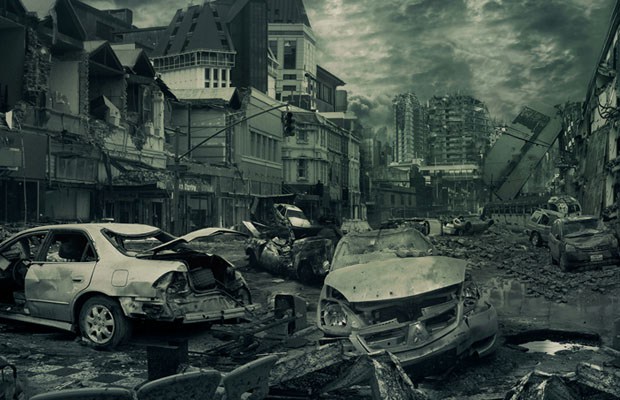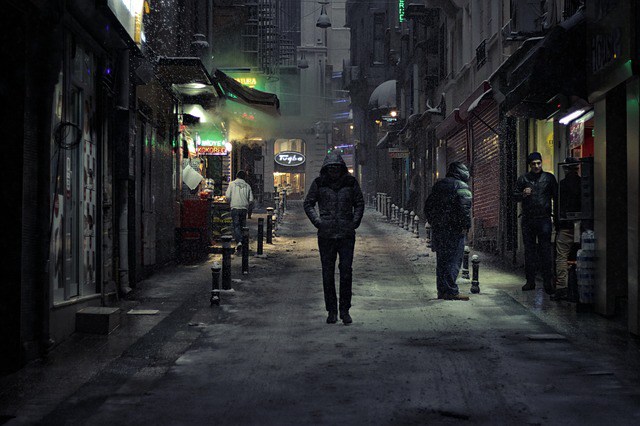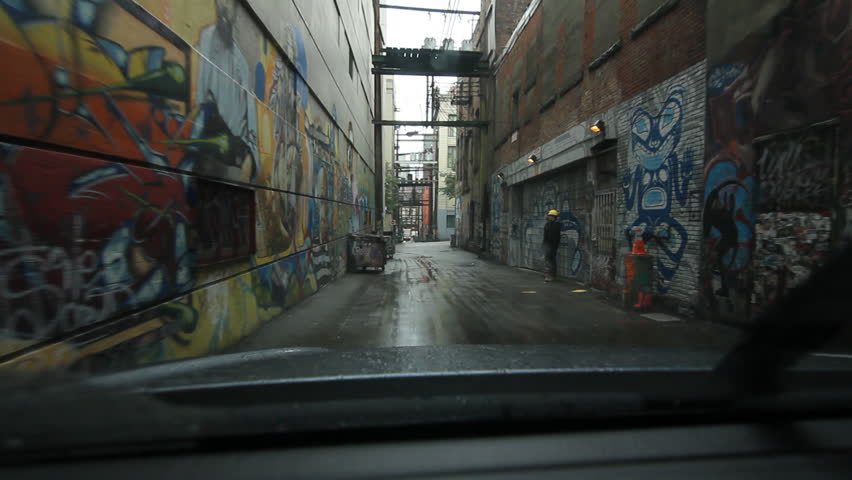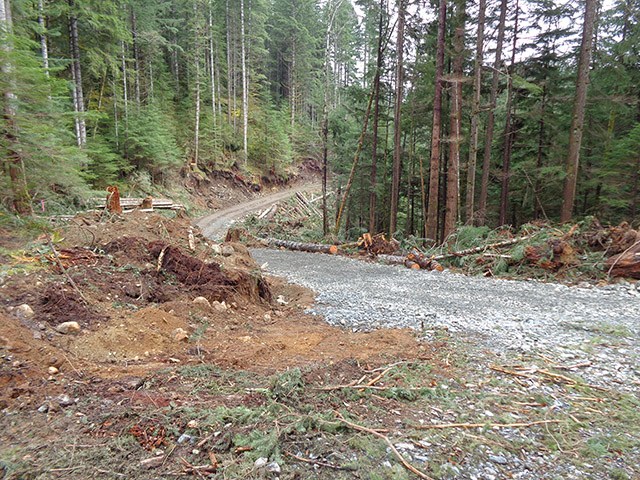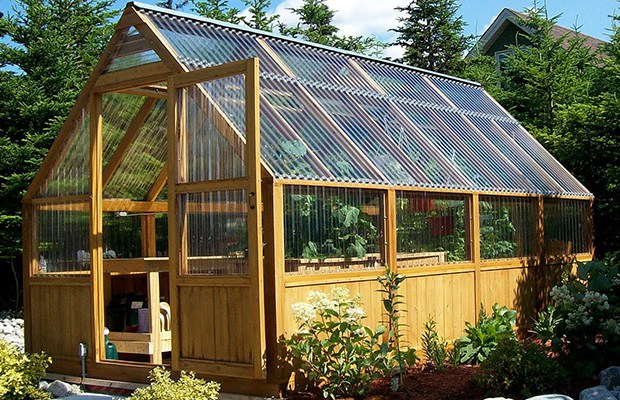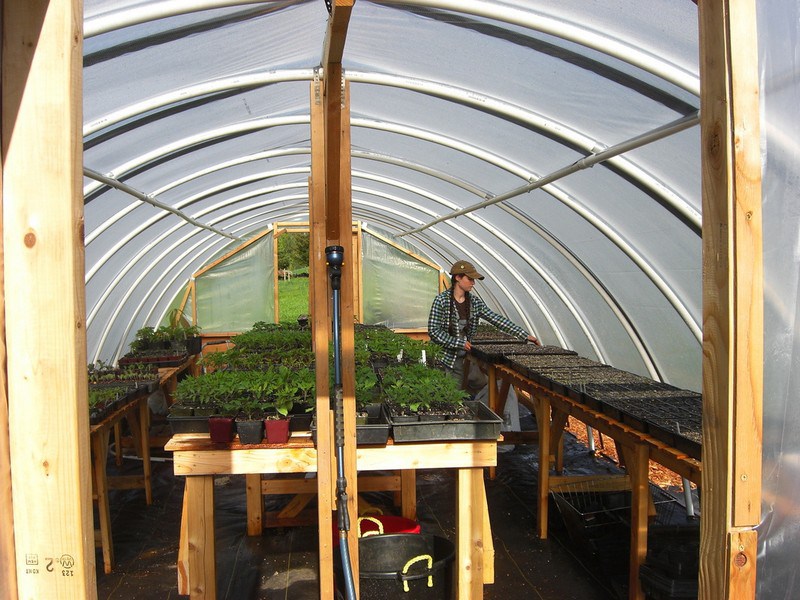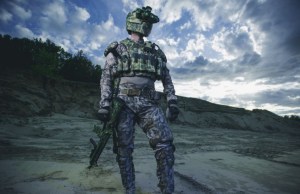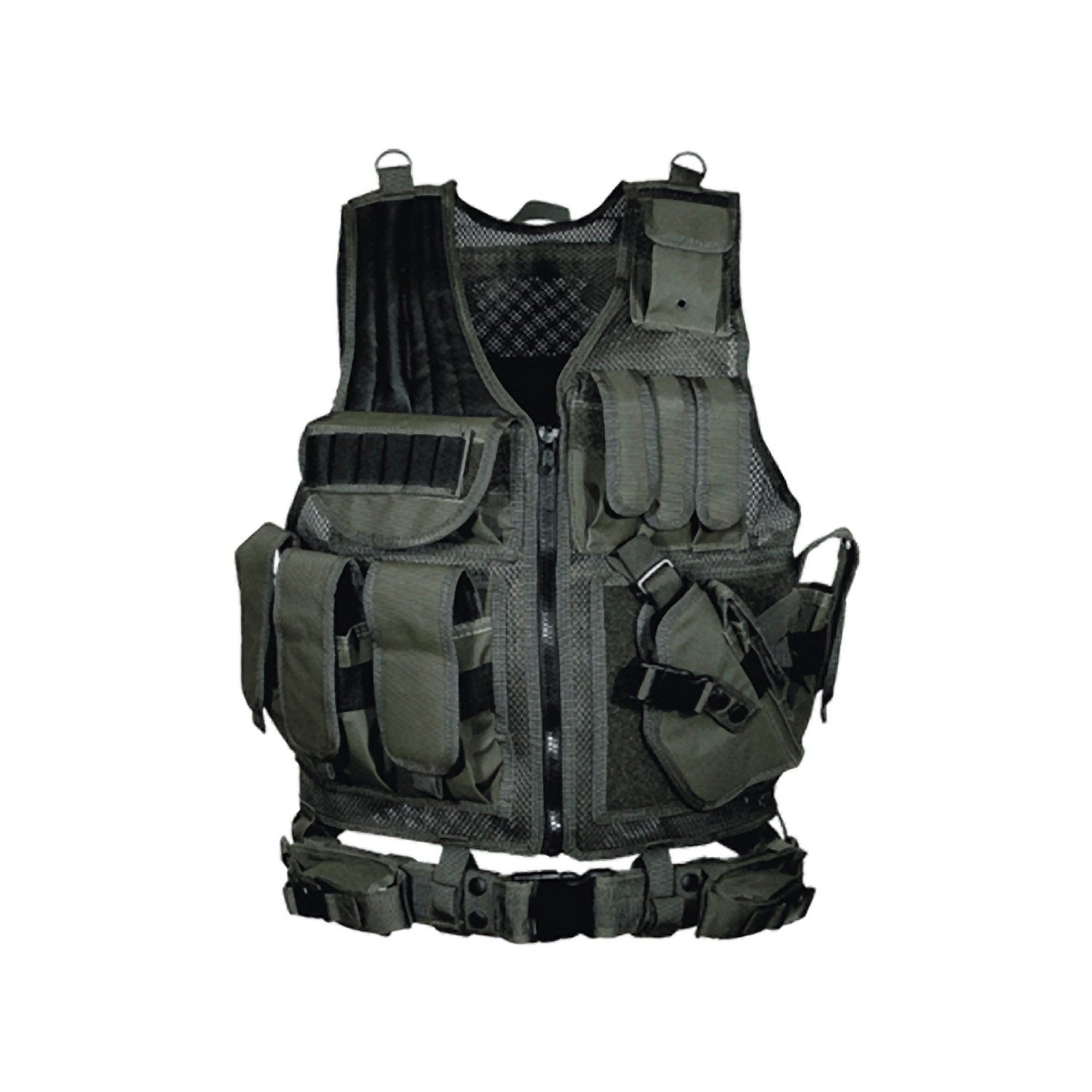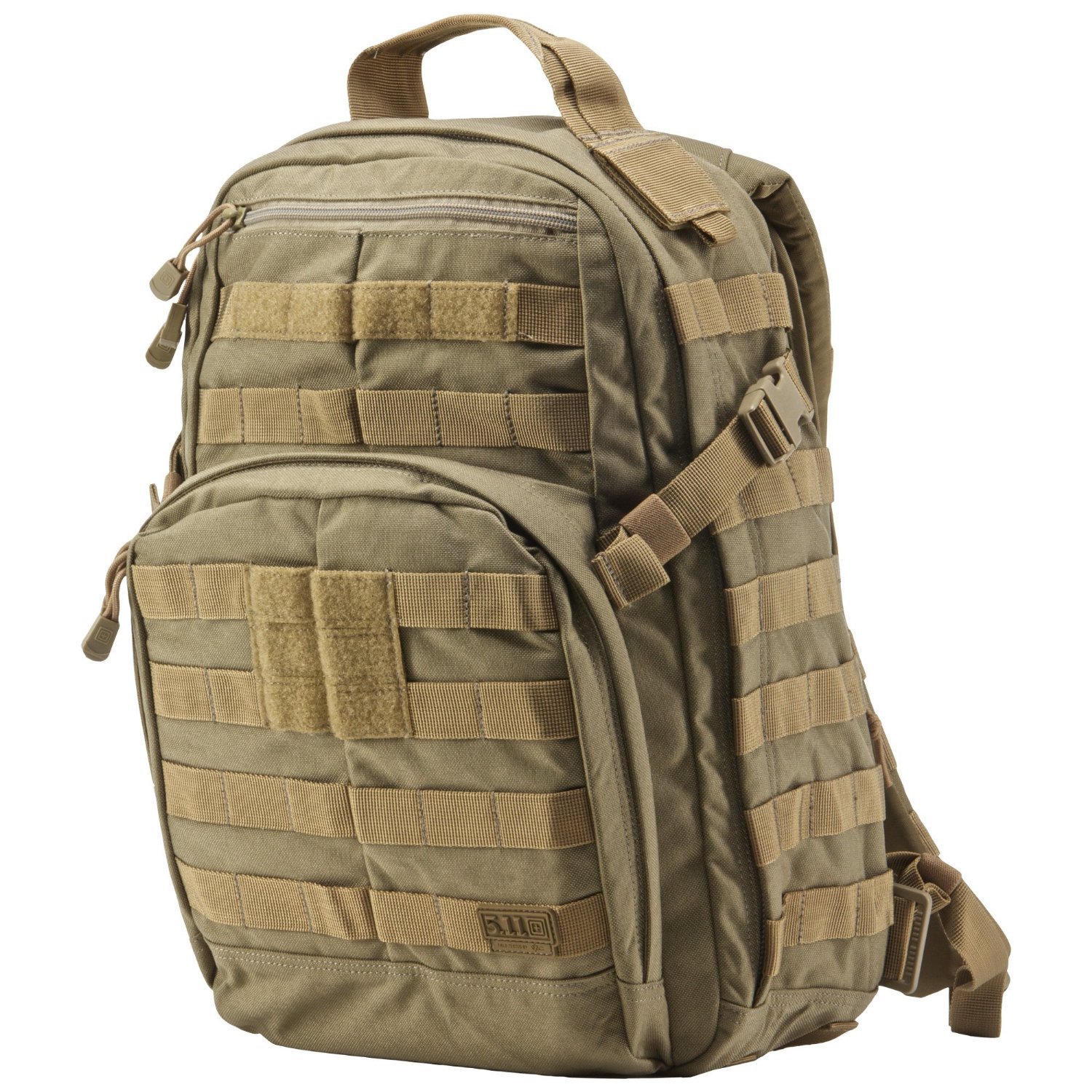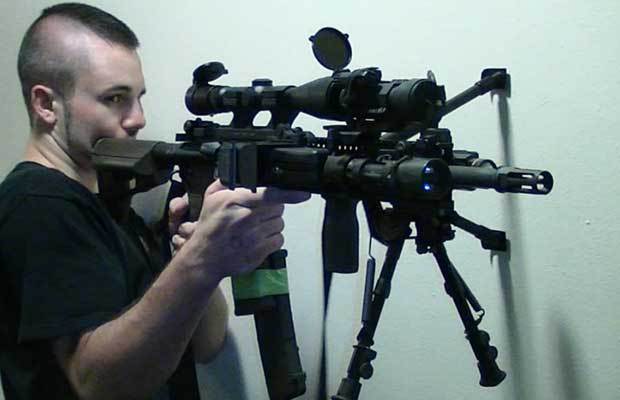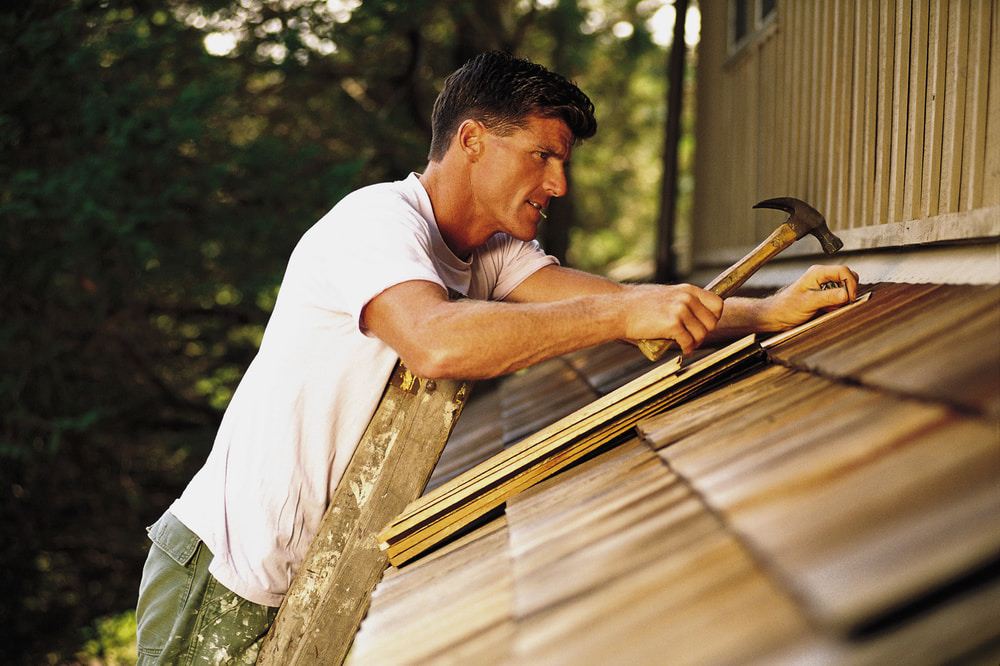For a long time now I have been meaning to post a list of prepper resources. This list below is made of entirely of books I own and have read. Well, almost all of them have been read. Some like “Emergency War Surgery” keep getting put on the back of the pile, but every other one has been evaluated by me and I believe that these books are a tremendous resource to preppers and survivalists not to mention homesteaders or anyone looking to be more self-sufficient. This to me is just the beginning of your library of must have prepper books.
If the computers go down, or the electricity is out or they simply stop printing books… you need to have a library of information that you can put your hands on. These books serve me and my family in two ways. First, books like “How to Survive the End of the World as We Know it” were foundational. Books like this enabled me to open my eyes and begin to see what I needed to do for my family’s safety. Other books such as “The Encyclopedia of Country Living” sit on the shelf until I want to learn something or have a question.
Below I have listed a great starter library for the average prepper. This will give you both the foundational material as well as the reference should our lives be turned upside down one day. If you can’t get on the internet or make it to the library, you will wish you had books like these to reference when you need it. Even if nothing ever happens, these books are great to have around your house and will always be there if you need them.
Survival Manuals – Introduction to concepts

A hands-on, practical survival guide from retired Navy SEAL Clint Emerson—adapted for civilians from actual special forces operations—to eluding pursuers, evading capture, and surviving any dangerous situation.
In today’s increasingly dangerous world, threats to your personal safety are everywhere. From acts of terror to mass shootings, and from the unseen (and sometimes virtual) matrix of everyday crime, danger is no longer confined to dark alleys or unstable regions. Potentially life-threatening circumstances can arise anywhere, anytime, and Clint Emerson—former Navy SEAL—wants you to be prepared.

100 Deadly Skills contains proven self-defense skills, evasion tactics, and immobilizing maneuvers—modified from the world of black ops—to help you take action in numerous “worst case” scenarios from escaping a locked trunk, to making an improvised Taser, to tricking facial recognition software. With easy-to-understand instructions and illustrations, Emerson outlines in detail many life-saving strategies and teaches you how to think and act like a member of the special forces.
This complete course in survival teaches you how to prevent tracking, evade a kidnapping, elude an active shooter, rappel down the side of a building, immobilize a bad guy, protect yourself against cyber-criminals, and much more—all using low-tech to “no-tech” methods. Clear, detailed, and presented in an easy-to-understand and execute format, 100 Deadly Skills is an invaluable resource. Because let’s face it, when danger is imminent, you don’t have time for complicated instructions

The ultimate resource for experiencing the backcountry! Written by survivalist expert Dave Canterbury, Bushcraft 101 gets you ready for your next backcountry trip with advice on making the most of your time outdoors. Based on the 5Cs of Survivability–cutting tools, covering, combustion devices, containers, and cordages–this valuable guide offers only the most important survival skills to help you craft resources from your surroundings and truly experience the beauty and thrill of the wilderness.
Inside, you’ll also discover detailed information on:
* Choosing the right items for your kit.
* Manufacturing needed tools and supplies.
* Collecting and cooking food.
* Protecting yourself from the elements.
With Canterbury’s guidance, you’ll not only prepare yourself for any climate and situation, you’ll also learn how to use the art of bushcraft to reconnect with nature in ways you’ve never imagined

In boyhood, Louis Zamperini was an incorrigible delinquent. As a teenager, he channeled his defiance into running, discovering a prodigious talent that had carried him to the Berlin Olympics. But when World War II began, the athlete became an airman, embarking on a journey that led to a doomed flight on a May afternoon in 1943. When his Army Air Forces bomber crashed into the Pacific Ocean, against all odds, Zamperini survived, adrift on a foundering life raft. Ahead of Zamperini lay thousands of miles of open ocean, leaping sharks, thirst and starvation, enemy aircraft, and, beyond, a trial even greater. Driven to the limits of endurance, Zamperini would answer desperation with ingenuity; suffering with hope, resolve, and humor; brutality with rebellion. His fate, whether triumph or tragedy, would be suspended on the fraying wire of his will.
 The ultimate guide to surviving anywhere, now updated with more than 100 pages of additional material
The ultimate guide to surviving anywhere, now updated with more than 100 pages of additional material
Revised to reflect the latest in survival knowledge and technology, and covering new topics such as urban survival and terrorism, the internationally bestselling SAS Survival Handbook is the definitive resource for all campers, hikers, and outdoor adventurers. From basic campcraft and navigation to fear management and strategies for coping with any type of disaster, this complete course includes:
Being prepared: Understanding basic survival skills, like reading the weather, and preparation essentials, such as a pocket survival kit.

In How to Survive the End of the World as We Know It, James Rawles, founder of SurvivalBlog.com, clearly explains everything you need to know to protect yourself and your family in the event of a disaster—from radical currency devaluation to a nuclear threat to a hurricane. Rawles shares essential tactics and techniques for surviving completely on your own, including how much food is enough, how to filter rainwater, how to protect your money, which seeds to buy for your garden, why goats are a smart choice for livestock, and how to secure your home. It’s the ultimate guide to total preparedness and self-reliance in a time of need.
 Survival expert Cody Lundin’s new book, When All Hell Breaks Loose: Stuff You Need To Survive When Disaster Strikes is what every family needs to prepare and educate themselves about survival psychology and the skills necessary to negotiate a disaster whether you are at home, in the office, or in your car.
Survival expert Cody Lundin’s new book, When All Hell Breaks Loose: Stuff You Need To Survive When Disaster Strikes is what every family needs to prepare and educate themselves about survival psychology and the skills necessary to negotiate a disaster whether you are at home, in the office, or in your car.
Lundin addresses topics such as:
- Potable drinking water
- Storing super-nutritious foods
- Heating or cooling without conventional power
- How to create alternative lighting options
- Building a makeshift toilet & composting the results

A no-nonsense, easy-to-understand survival guide on how to prepare for, and survive, an urban disaster. We live in a very dangerous and unpredictable world. All it takes is one natural or man-made crisis to seriously disrupt the fragile infrastructure that supports our modern way-of-life. Whether it’s a storm, a terrorist attack, an economic meltdown, or a pandemic, you need to be prepared.
In this survival guide, you get: A Step-by-step guidance to help you prepare to survive an urban disaster. A simple and easy-to-understand approach to help you plan for a potential crisis. Strategies to help you secure the core survival elements – food, water, first aid, security and sanitation. Tips on when to stay put, and when to get out. Tactics to keep you and your family stay safe during a crisis. Extensive shopping lists for survival products and supplies. When the moment comes you will either be prepared, or you won’t. The choice is yours.
Homesteading / Self Sufficient Skills

From craft culture to survivalists, preppers, homesteaders, urban farmers, and everyone in between there is a want to reinvigorate a simpler way of life—a healthier, greener, more self-sustaining way of life—that offers a more holistic approach to modern life.
The knowledge you need to survive and thrive off the grid is at your fingertips in The Encyclopedia of Country Living, the best-selling resource for the homesteading movement. With its origins in the back-to-the-land effort of the late 1960s, Carla Emery’s landmark book has grown into a comprehensive guide to building your sustainable country escape haven, while lowering your carbon footprint in the process.
 The most comprehensive, up-to-date guide to harvesting, storing, preparing, and preserving foods of all kinds.
The most comprehensive, up-to-date guide to harvesting, storing, preparing, and preserving foods of all kinds.
With more than 300 recipes for preservable foods—from old standards like casseroles, fruit leather, and ice cream to new favorites such as sun-dried tomatoes, herb vinegars, and salt- and sugar-free versions of basic fare, Stocking Up covers everything for the home cook. Hundreds of charts and illustrations simplify preserving chores and choices for everyone interested in stocking up on wholesome, natural foods.
For the self-sufficient farmer or the urban weekend gardener, Stocking Up is an invaluable addition to any kitchen. With detailed illustrations and easy-to-follow directions, this encyclopedic resource makes “stocking up” easy.


Seed to Seed is widely acknowledged as the best guide available for home gardeners to learn effective ways to produce and store seeds on a small scale. The author has grown seed crops of every vegetable featured in the book, and has thoroughly researched and tested all of the techniques she recommends for the home garden.
Seed to Seed is a complete seed-saving guide that describes specific techniques for saving the seeds of 160 different vegetables. This book contains detailed information about each vegetable, including its botanical classification, flower structure and means of pollination, required population size, isolation distance, techniques for caging or hand-pollination, and also the proper methods for harvesting, drying, cleaning, and storing the seeds.

This guide takes the mystery out of butchering, covering everything you need to know to produce your own expert cuts of beef, venison, pork, lamb, poultry, and small game. John J. Mettler Jr. provides easy-to-follow instructions that walk you through every step of the slaughtering and butchering process, as well as plenty of advice on everything from how to dress game in a field to salting, smoking, and curing techniques. You’ll soon be enjoying the satisfyingly superior flavors that come with butchering your own meat.

Anyone who wants to learn basic living skills—the kind employed by our forefathers—and adapt them for a better life in the twenty-first century need look no further than this eminently useful, full-color guide. Countless readers have turned to Back to Basics for inspiration and instruction, escaping to an era before power saws and fast food restaurants and rediscovering the pleasures and challenges of a healthier, greener, and more self-sufficient lifestyle.
Back to Basics will help you dye your own wool with plant pigments, graft trees, raise chickens, craft a hutch table with hand tools, and make treats such as blueberry peach jam and cheddar cheese.

It’s fair to say that climber Clyde Soles is obsessed with ropes and knots and their absolute performance-since he regularly entrusts his life to ropes on sheer rock faces. His unique book explains how to select and use ropes, cordage, and webbing for the outdoors. Invaluable information is provided on rope handling techniques (how to avoid dreaded tangles) and the best methods for rope care and maintenance. Step-by-step directions for tying over 40 knots are clearly illustrated with photographs. Other useful features include a glossary and a knot comparison chart by activity.

When Technology Fails covers the gamut. You’ll learn how to start a fire and keep warm if you’ve been left temporarily homeless, as well as the basics of installing a renewable energy system for your home or business. You’ll learn how to find and sterilize water in the face of utility failure, as well as practical information for dealing with water-quality issues even when the public tap water is still flowing. You’ll learn alternative techniques for healing equally suited to an era of profit-driven malpractice as to situations of social calamity. Each chapter (a survey of the risks to the status quo; supplies and preparation for short- and long-term emergencies; emergency measures for survival; water; food; shelter; clothing; first aid, low-tech medicine, and healing; energy, heat, and power; metalworking; utensils and storage; low-tech chemistry; and engineering, machines, and materials) offers the same approach, describing skills for self-reliance in good times and bad.
 Cookin’ With Home Storage is a must for anyone wanting to use their bulk food storage. This book contains over 550 recipes, written for those people who look at all the cans of food in their basement and say, “What do I do with all this food”.
Cookin’ With Home Storage is a must for anyone wanting to use their bulk food storage. This book contains over 550 recipes, written for those people who look at all the cans of food in their basement and say, “What do I do with all this food”.
This book will help you put together a workable food storage program in your home. This book has many authentic pioneer recipes using very basic food storage products that most people have in their pantry.
It has hundred of recipes for healthy (made from scratch) baked goods such as 100% whole wheat bread. It even has a chapter on grandma’s recipes, remedies, and household cleaners. 278 pages by Peggy Layton and Vicki Tate
Natural Remedies / First Aid
Tactical Methods / Strategies / Security
Fiction – Philosophy – Foreshadowing
For a long time now I have been meaning to post a list of prepper resources. This list below is made of entirely of books I own and have read.



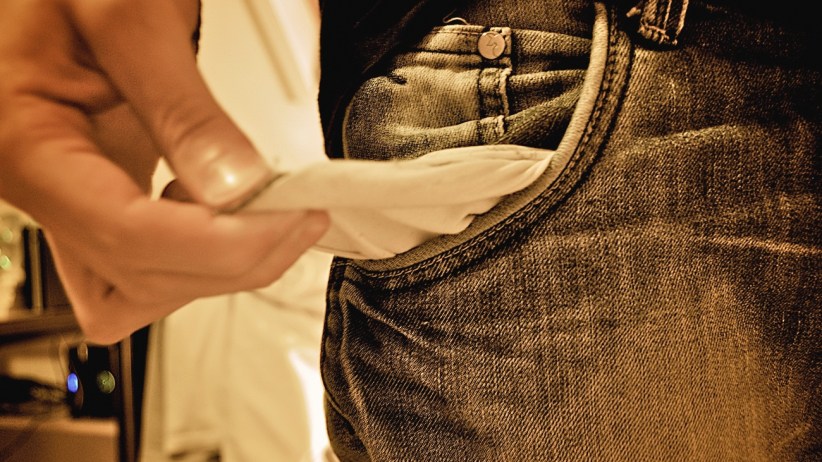


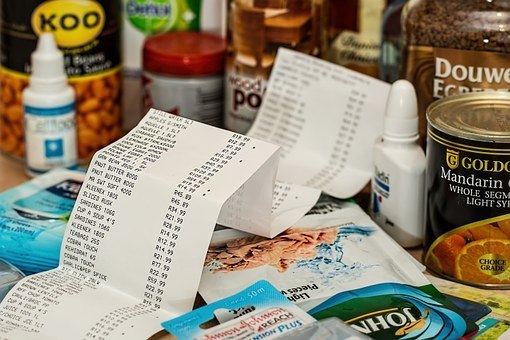









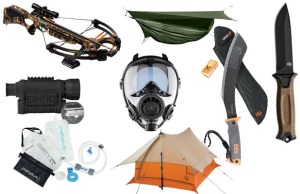
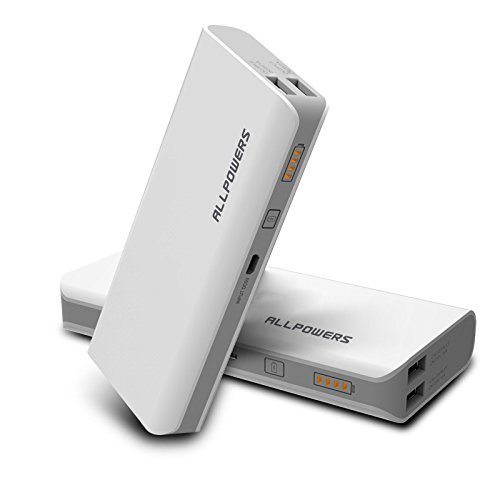
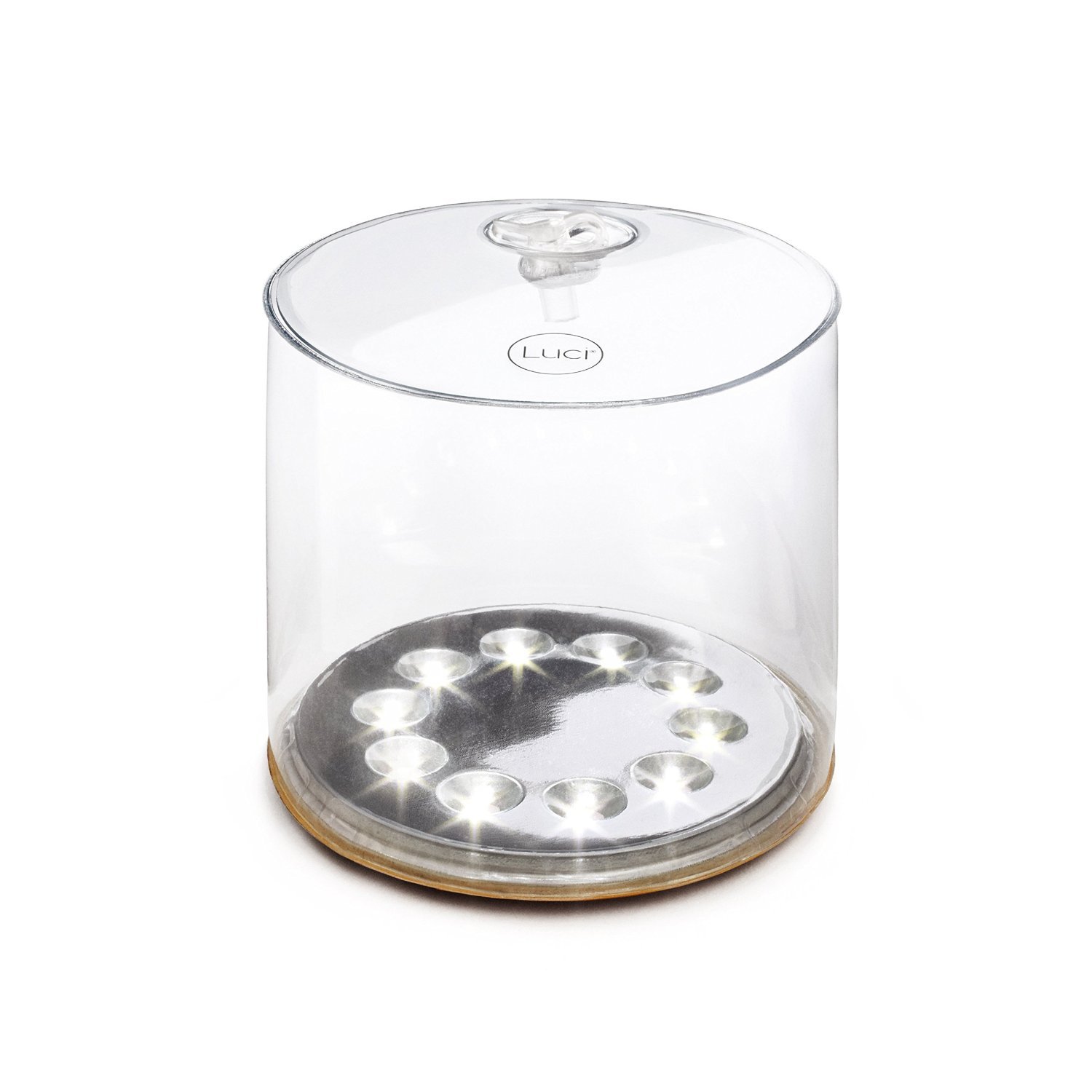
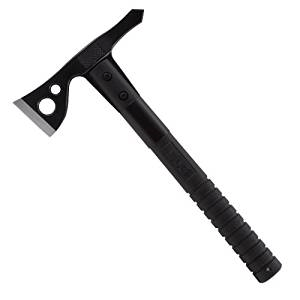
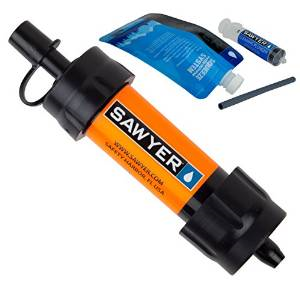
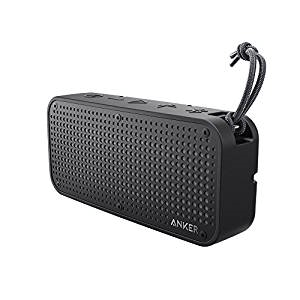
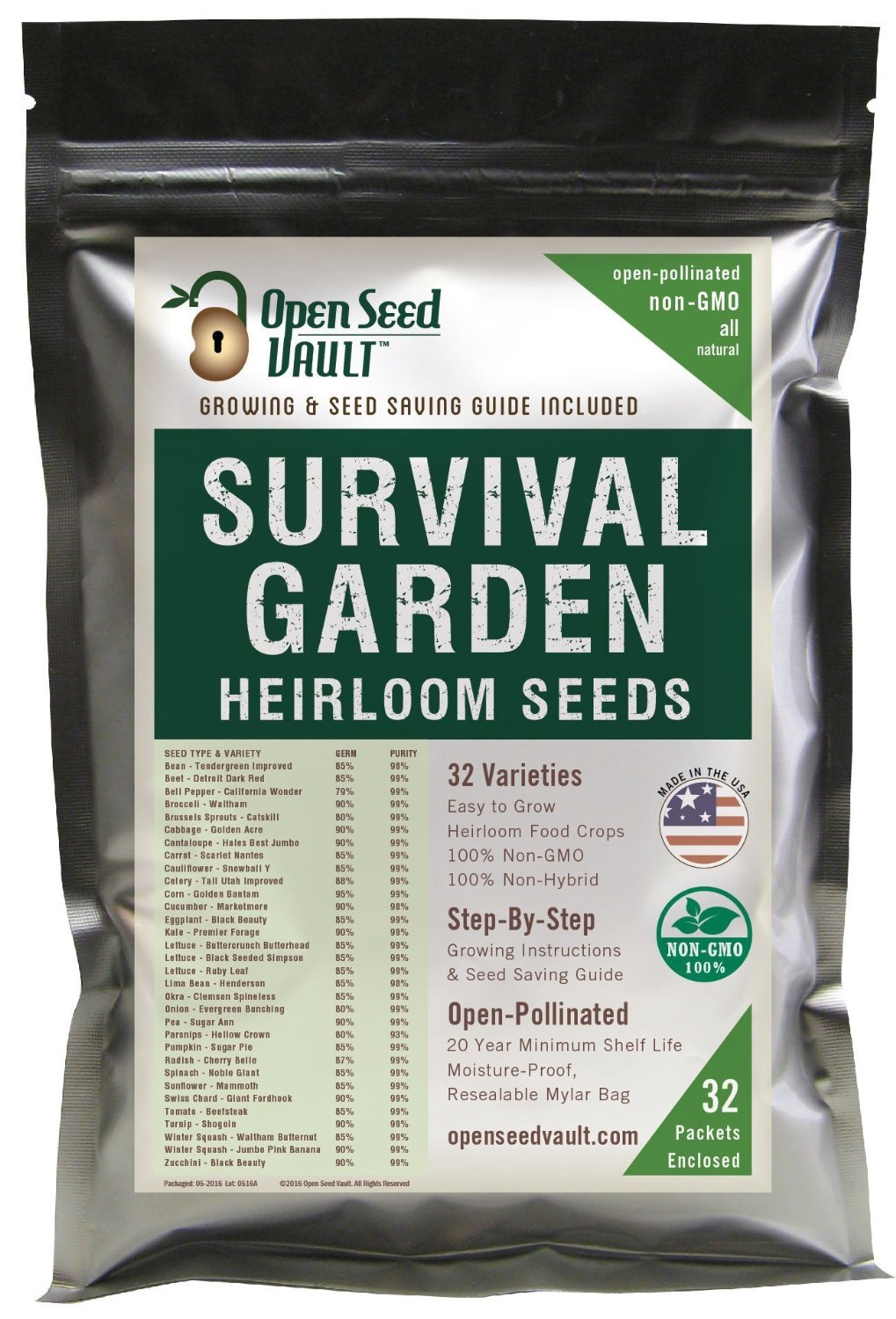
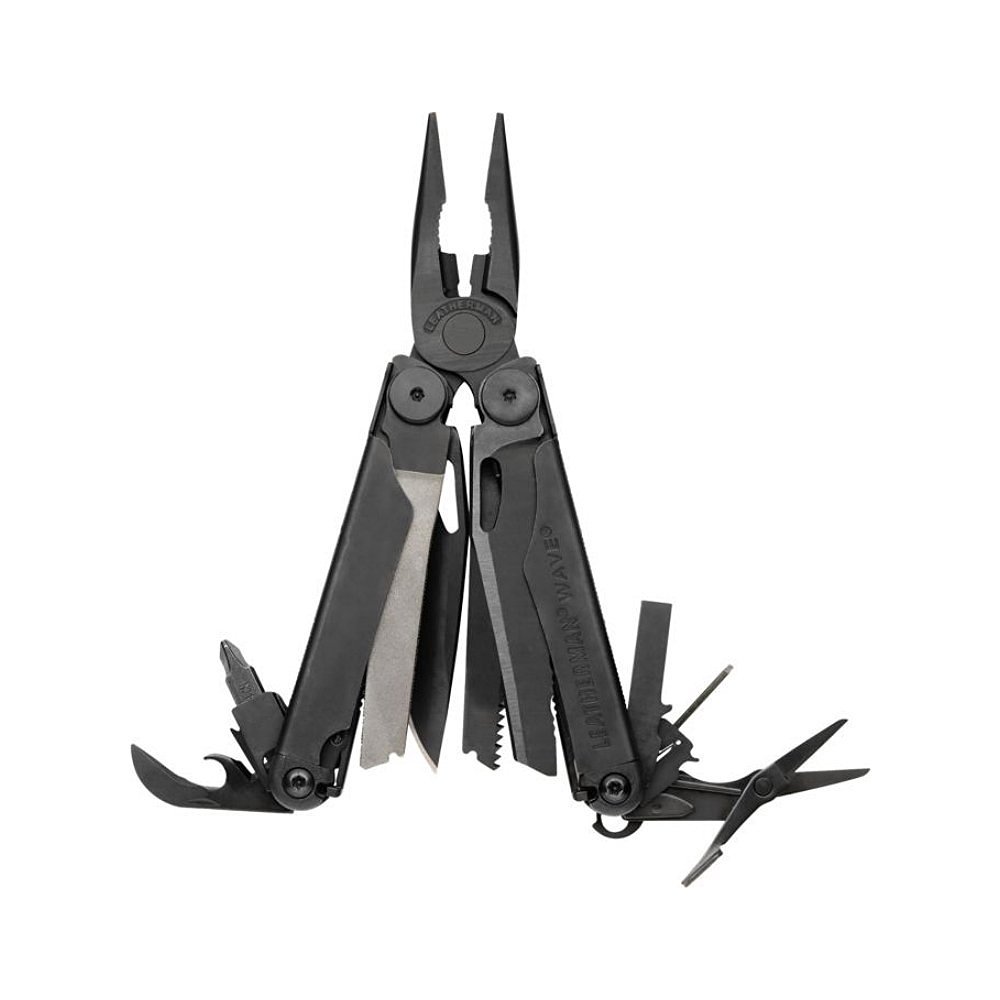
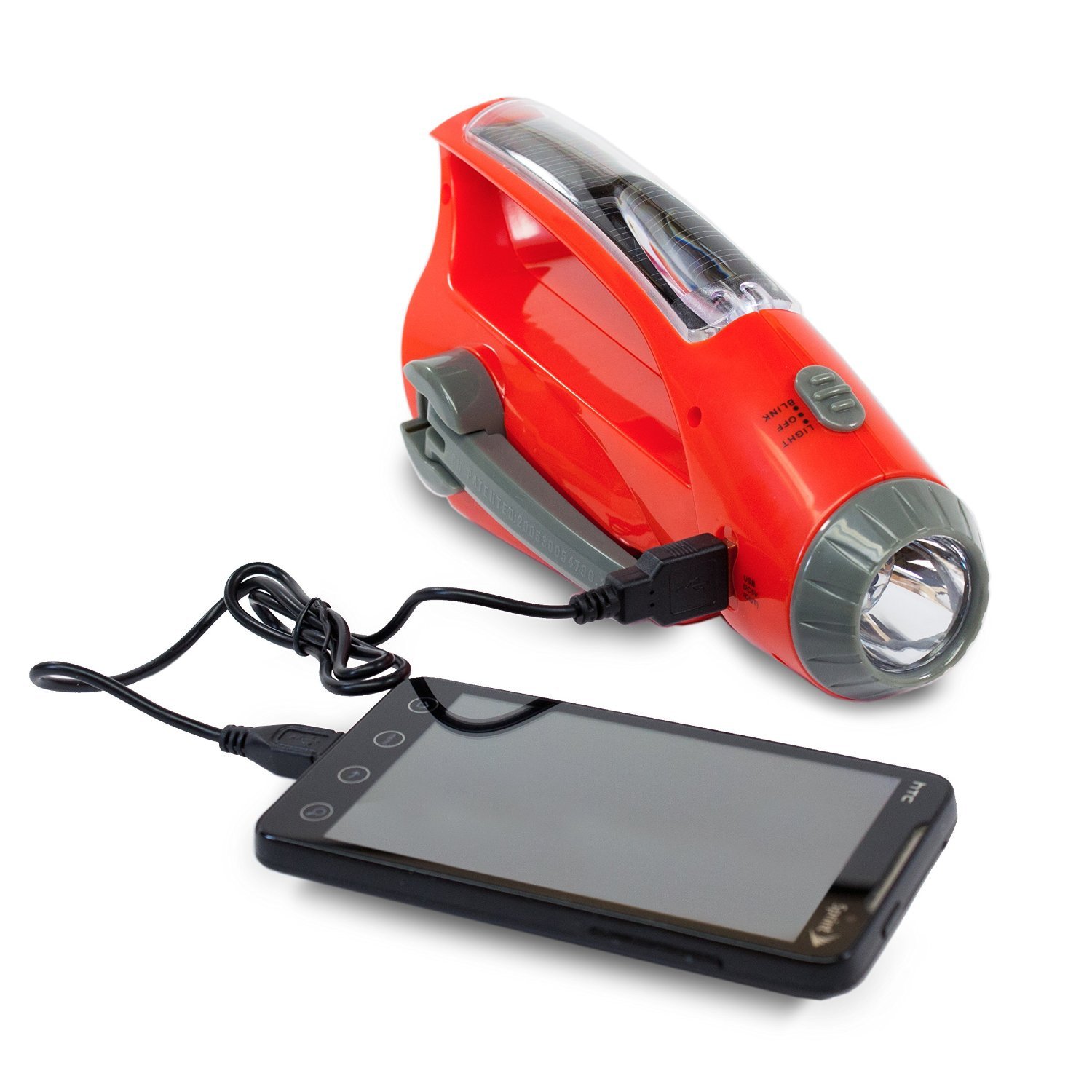
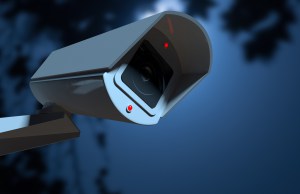

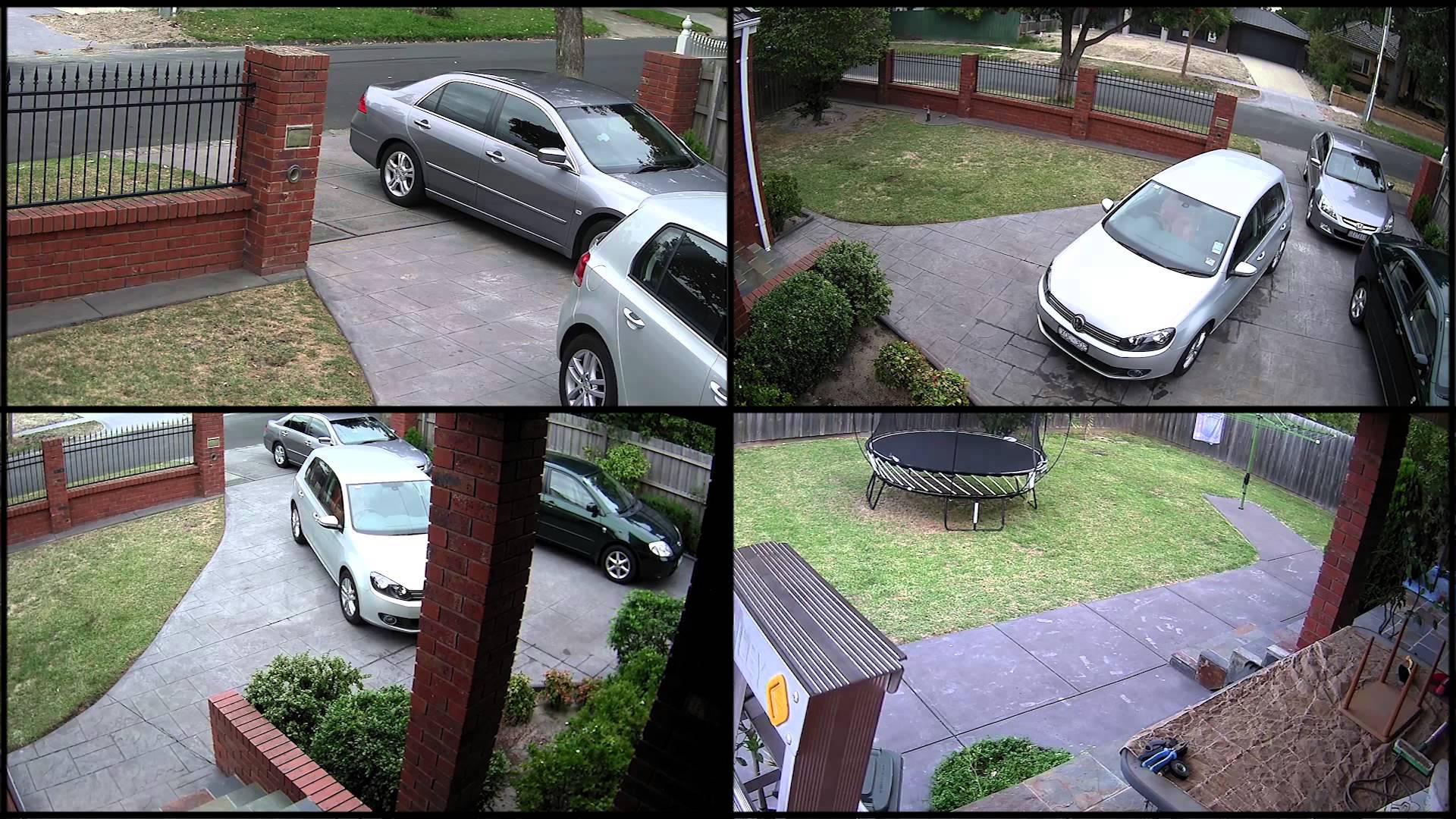

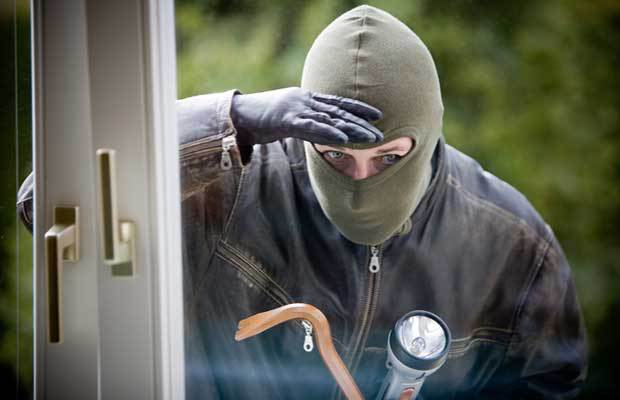







 Survival expert Cody Lundin’s new book, When All Hell Breaks Loose: Stuff You Need To Survive When Disaster Strikes is what every family needs to prepare and educate themselves about survival psychology and the skills necessary to negotiate a disaster whether you are at home, in the office, or in your car.
Survival expert Cody Lundin’s new book, When All Hell Breaks Loose: Stuff You Need To Survive When Disaster Strikes is what every family needs to prepare and educate themselves about survival psychology and the skills necessary to negotiate a disaster whether you are at home, in the office, or in your car.









